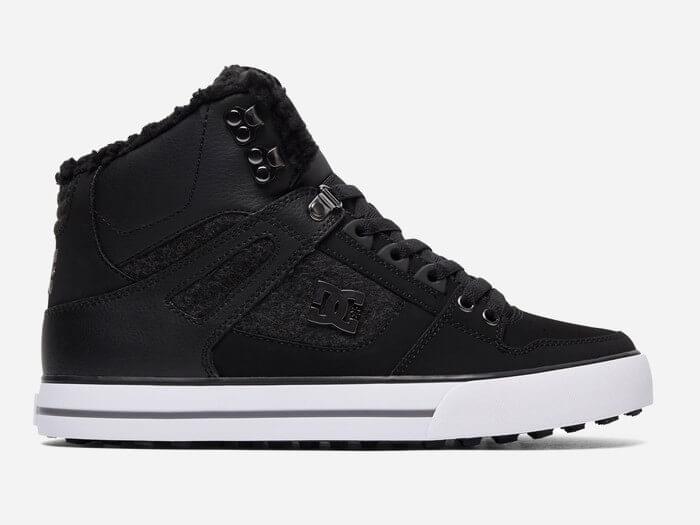Understanding the Differences in the Number of Steel Layers in Hydraulic Hoses
Introduction:
Hydraulic hoses are vital components in various industries, enabling the transfer of hydraulic fluids to facilitate machinery operation. Among the key characteristics of hydraulic hoses is the number of steel wire layers used in their construction. This article delves into the significance of the steel wire layers in hydraulic hoses and explores the differences between hoses with varying wire layer counts.
The Importance of Steel Wire Layers:
The number of steel wire layers in a hydraulic hose directly influences its strength, flexibility, durability, and resistance to pressure and abrasion. By adding steel wire layers, manufacturers enhance the hose's ability to withstand high internal pressures and protect it from external wear and tear. Understanding the distinctions in wire layer counts can help equipment operators make informed decisions regarding hose selection.
Differences in Wire Layer Counts:
1. Single Layer Steel Wire: Hydraulic hoses with a single steel wire layer provide a basic level of strength and durability. They are commonly used in applications with low to moderate pressure requirements, where flexibility and cost-effectiveness are prioritized. However, single-layer hoses may be prone to premature wear and may not be suitable for high-pressure environments.
2. Double Layer Steel Wire: With an additional layer of steel wire, double-layer hydraulic hoses exhibit improved tensile strength and resistance to pressure. They are ideal for applications demanding moderate to high pressure capabilities. These hoses strike a balance between flexibility and durability and are frequently used in various industrial sectors.
3. Multi-layer Steel Wire: Hydraulic hoses with multiple steel wire layers offer the highest level of strength, durability, and resistance to pressure. These hoses can withstand high internal pressures and are frequently employed in heavy machinery and construction equipment. Multi-layer hoses ensure long-lasting performance under extreme conditions, making them the top choice for demanding applications.
The Role of Steel Wire Layers in Hose Fittings:
Proper selection of hose fittings is crucial to ensure a secure connection between the hydraulic hose and the equipment. The number of steel wire layers also influences the compatibility and suitability of various fittings. It is important to consult manufacturer guidelines and recommendations when selecting fittings, considering the specific wire layer count of the hose.
Conclusion:
In summary, the number of steel wire layers in hydraulic hoses plays a pivotal role in determining their strength, flexibility, durability, and resistance to pressure. Understanding the differences between hoses with different wire layer counts empowers equipment operators to make the right choice for their specific applications. Whether it's a single-layer, double-layer, or multi-layer hose, each serves a unique purpose in various industries. Selecting the appropriate hose with the right wire layer count ensures optimal performance and extended lifespan for hydraulic systems.







Leave Your Product Requirements
Your email address will not be published. Required fields are marked *